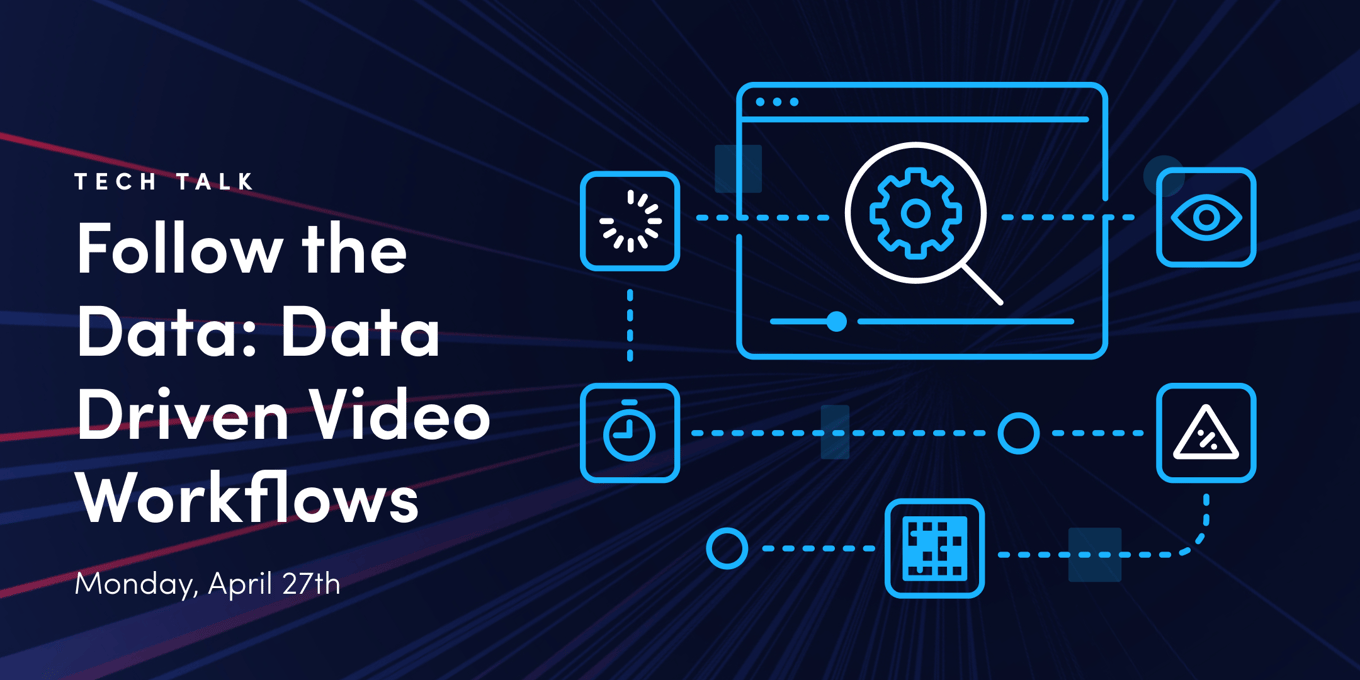|
Monday, April 27, 2020
Fwd: OctaneRender 2020 and RNDR are out now!
Saturday, April 25, 2020
Fwd: [Newsletter] The final week of Bitmovin LIVE is upon us - learn about Live Low Latency Streaming and Data-Driven Workflows
| ||||||||||||||||||||||||||||||||||||||
|
Wednesday, April 15, 2020
Sunday, April 12, 2020
Quantum camera snaps objects it cannot 'see'
A normal digital camera can take snaps of objects not directly visible to its lens, US researchers have shown. The “ghost imaging” technique could help satellites take snapshots through clouds or smoke.
Physicists have known for more than a decade that ghost imaging is possible. But, until now, experiments had only imaged the holes in stencil-like masks, which limited its potential applications.
Now Yanhua Shih of the University of Maryland, Baltimore, and colleagues at the US Army Research Laboratory, also in Maryland, have now taken the first ghost images of an opaque object – a toy soldier (see image, top right).
Quantum camera
Ghost imaging works a bit like taking a flash-lit photo of an object using a normal camera. There the image forms from photons that come out of the flash, bounce off an object and into the lens.
The new technique also uses a light source to illuminate an object. However, the image is not formed from light that hits the object and bounces back. Instead, the camera collects photons that do not hit the object, but are paired through a quantum effect with others that did.
In Shih’s experiments a toy soldier was placed 45 centimetres away from a light source, which was split into two beams. One was pointed at the toy and the other at a digital camera. A photon detector was placed near the soldier, able only to record when a photon bounced off.
Connected pairs
Photons from the light source constantly travel down both paths made by the splitter, either towards the soldier and the photon detector, or towards the camera. The detector and camera record a constant stream of those photons, and occasionally record a photon at exactly the same time.
When this happens, there is a direct relationship between where one of the photons hit the soldier, and where the other one hits the camera’s sensor, says Shih, because of a quantum effect called “two-photon interference”.
“If the first photon stops at one point on the object plane, the second photon can only be observed at the corresponding point on the image plane,” he says.
So when the camera records only pixels from photons that hit simultaneously with one reaching the detector, a “ghost image” of the object builds up. The soldier’s image appeared after around 1000 coincidental photons were recorded.
Sunny snaps
“It is clear that the experimental set-up can be directly applied to sensing applications,” Shih told New Scientist.
The same method could one day be employed to produce satellite images of objects hidden behind clouds or smoke, using the sun’s radiation as the photon source, says Shih. Doing that may require a photon counter beneath the clouds, but could allow a top-down view not possible using conventional methods.
Not everyone agrees that quantum effects are at work in ghost imaging, though. Baris Erkmen and Jeffrey Shapiro of the Massachusetts Institute of Technology, Cambridge, US, point out in a recent paper that classical physics says light sources produce numbers of uncoordinated photons that are not correlated as Shih suggests.
They suspect ghost images might be produced without a quantum link between photon pairs, purely because some photons are just similar.
Journal reference: Physical Review A (DOI: 10.1103/PhysRevA.77.041801)
Quantum World – Learn more about a weird world in our comprehensive special report.
https://www.newscientist.com/article/dn13825-quantum-camera-snaps-objects-it-cannot-see/
Subscribe to:
Posts (Atom)







.png?width=1360&upscale=true&name=Blog%20-%20live-low-latency-streaming-NL%20(2).png)
.jpg?width=1360&upscale=true&name=bitmovin-live-nab-2020-edition%20(1).jpg)
